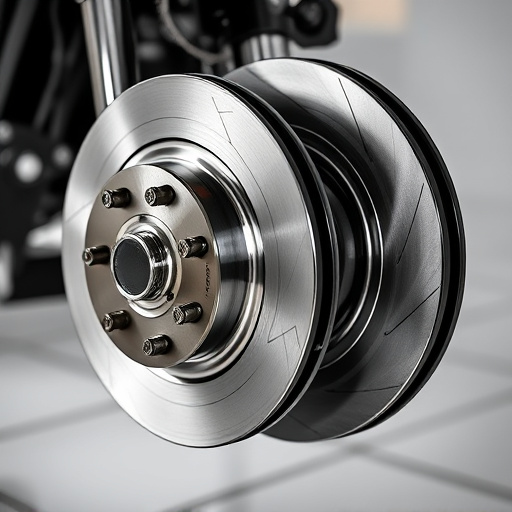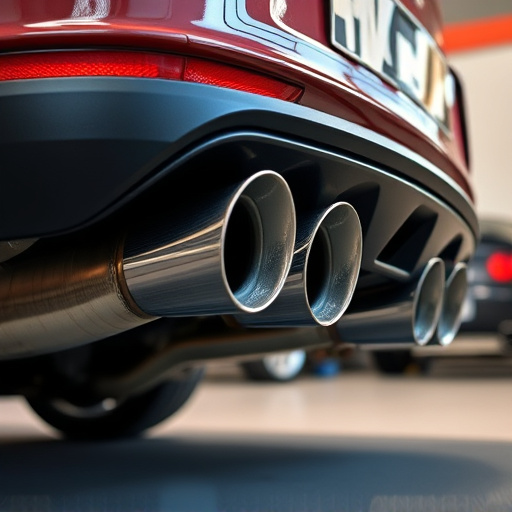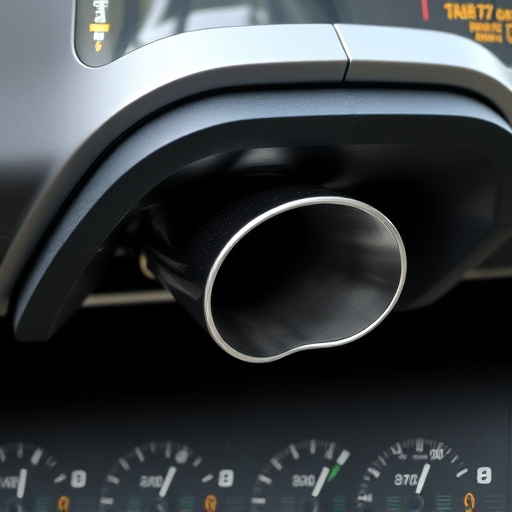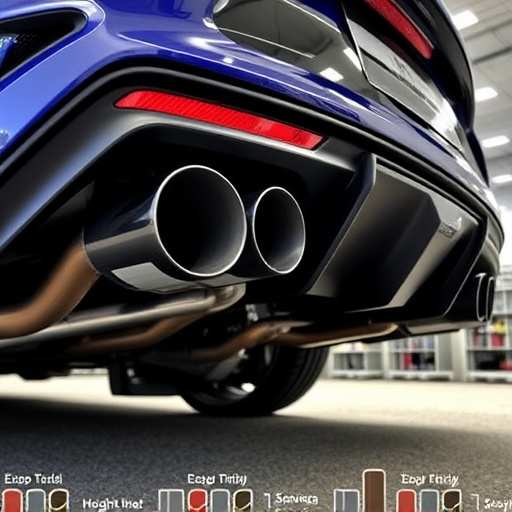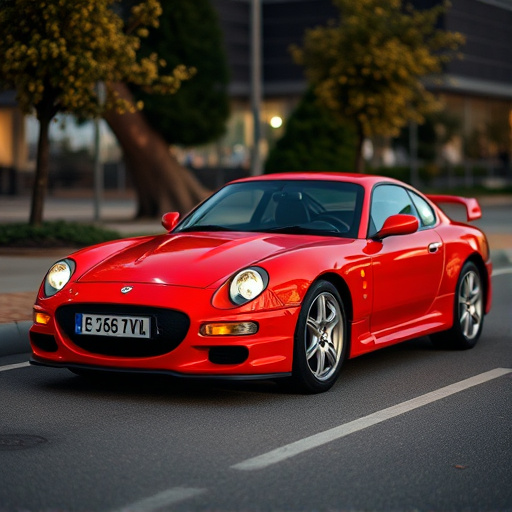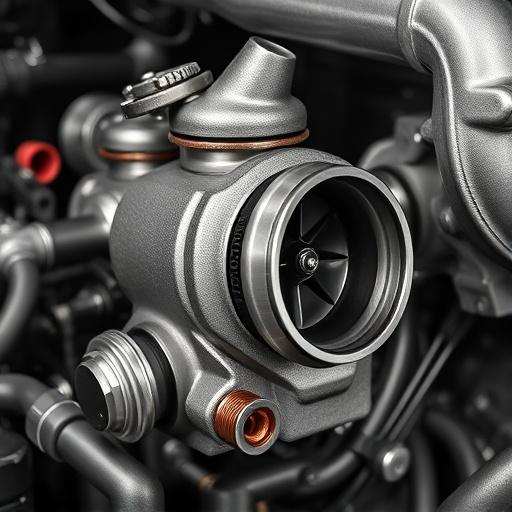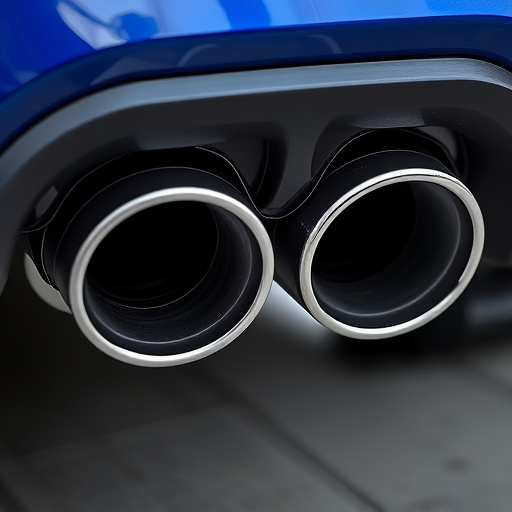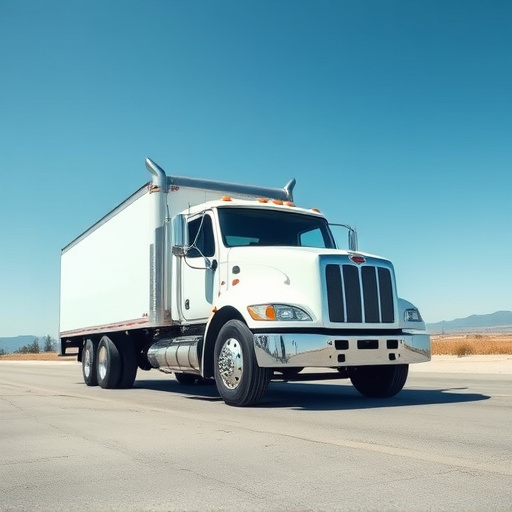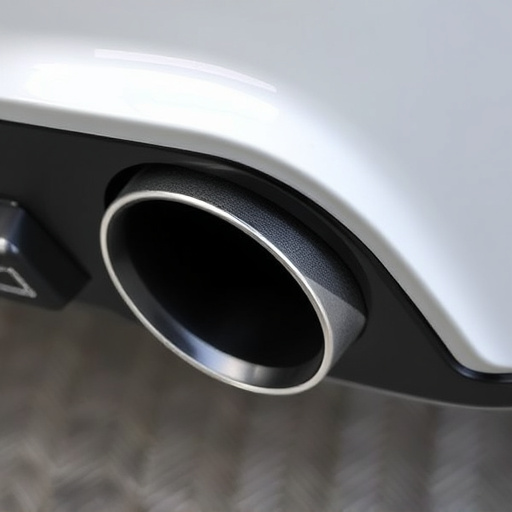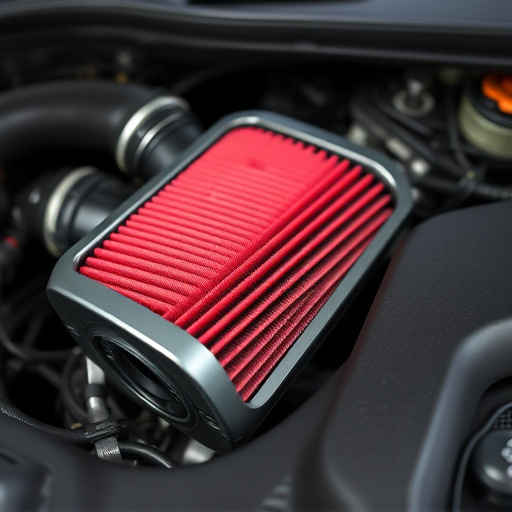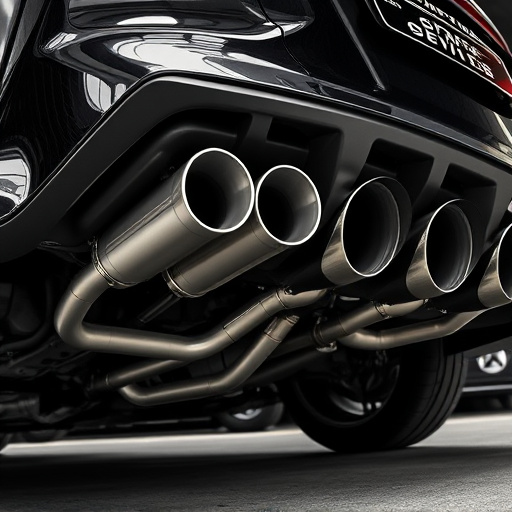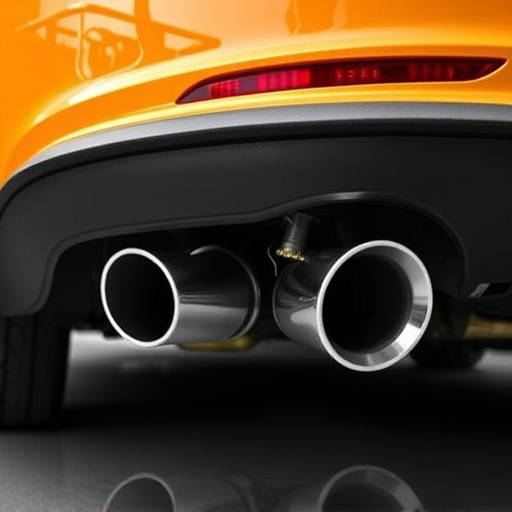A cat back exhaust system optimizes vehicle performance by streamlining exhaust flow, reducing backpressure, and enhancing airflow dynamics. This results in improved fuel combustion, increased horsepower, better fuel efficiency, reduced noise levels, and a more enjoyable driving experience, appealing to automotive enthusiasts seeking both high-performance and stylish upgrades.
“Unleash your vehicle’s true potential by exploring the impact of a cat back exhaust system. This comprehensive guide delves into the fundamentals of these powerful modifications, revealing how they transform engine airflow. From enhancing intake dynamics to boosting performance, cat back exhaust systems offer a tailored solution for enthusiasts seeking efficiency and power. We’ll break down the science behind optimal airflow, providing insights on fine-tuning your ride for maximum performance.”
- Understanding Cat Back Exhaust System Basics
- Impact on Engine Intake and Performance
- Optimizing Airflow for Maximum Efficiency
Understanding Cat Back Exhaust System Basics
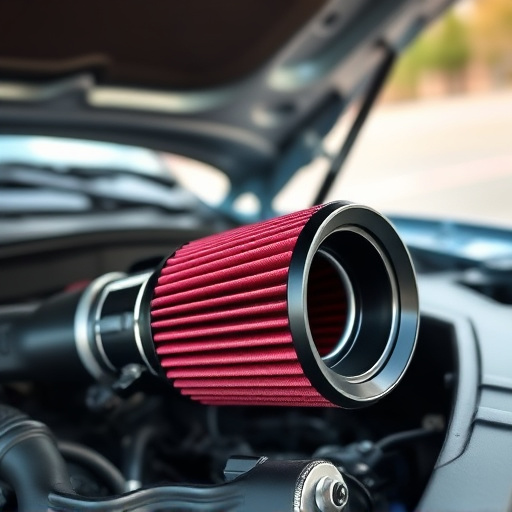
A cat back exhaust system is a key component of a vehicle’s performance and efficiency. It consists of a set of pipes that begin at the engine exhaust manifold and terminate with a muffler, often featuring a tailpipe for added aesthetics. This design replaces the factory-fitted exhaust system, offering several advantages. By removing restrictions in the exhaust flow, cat back systems enhance engine performance, allowing for better fuel combustion and increased horsepower.
This type of exhaust system is integrated into the vehicle’s air intake systems, ensuring smooth airflow between the engine’s air filter kits and the catalytic converter. The direct path created by this setup promotes efficient gas exchange, boosting engine power and torque. Moreover, cat back exhausts are known for reducing noise levels while still providing a deep, sportier exhaust note, appealing to automotive enthusiasts who desire both performance and style.
Impact on Engine Intake and Performance
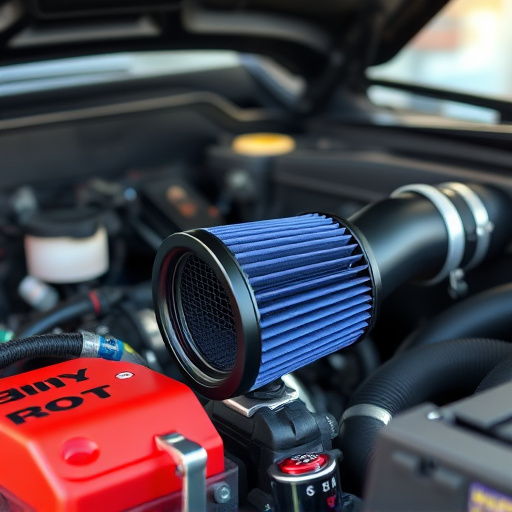
The installation of a cat back exhaust system significantly alters the engine’s intake and overall performance dynamics. By rerouting the exhaust gases away from the engine bay, this modification ensures a smoother flow, reducing backpressure within the combustion chamber. This, in turn, allows for better airflow, enabling the engine to draw in more oxygen-rich air, which is crucial for efficient combustion. The result is an increase in horsepower and torque output, making it particularly appealing to car enthusiasts seeking enhanced performance exhaust solutions.
Furthermore, a cat back exhaust system can contribute to improved fuel efficiency due to reduced friction and optimized gas exchange. These systems often incorporate high-flow catalytic converters and tailored exhaust tips, ensuring that the engine runs cleaner while still delivering powerful performances comparable to top-tier performance exhaust kits. Even simple upgrades like coilover kits can complement the effects of a well-designed cat back exhaust, providing an all-around better driving experience.
Optimizing Airflow for Maximum Efficiency
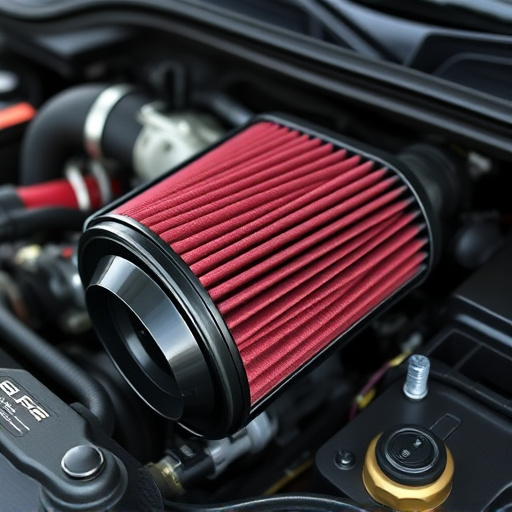
Optimizing airflow is key to achieving maximum efficiency in any vehicle’s engine. When it comes to cat back exhaust systems, this optimization involves ensuring that the exhaust gases are smoothly and efficiently expelled, allowing for better air intake and combustion. A well-designed cat back exhaust reduces backpressure, which can hinder the flow of fresh air into the engine, thereby improving overall vehicle performance.
Integrating performance air filters and suspension kits can further enhance airflow dynamics. These components contribute to a smoother ride and more consistent air delivery, enabling the engine to operate at peak efficiency. By focusing on these aspects, car enthusiasts can not only experience improved vehicle performance but also enjoy better fuel economy and reduced emissions, all while maintaining a seamless driving experience.
A cat back exhaust system is a powerful tool for optimizing engine performance. By understanding its basic components and its impact on airflow, car owners can make informed decisions to enhance their vehicle’s efficiency. The right setup ensures a balanced intake and exhaust flow, resulting in improved horsepower and torque. This article has outlined the key considerations, from system basics to maximizing airflow, empowering readers to take control of their engine’s potential.
